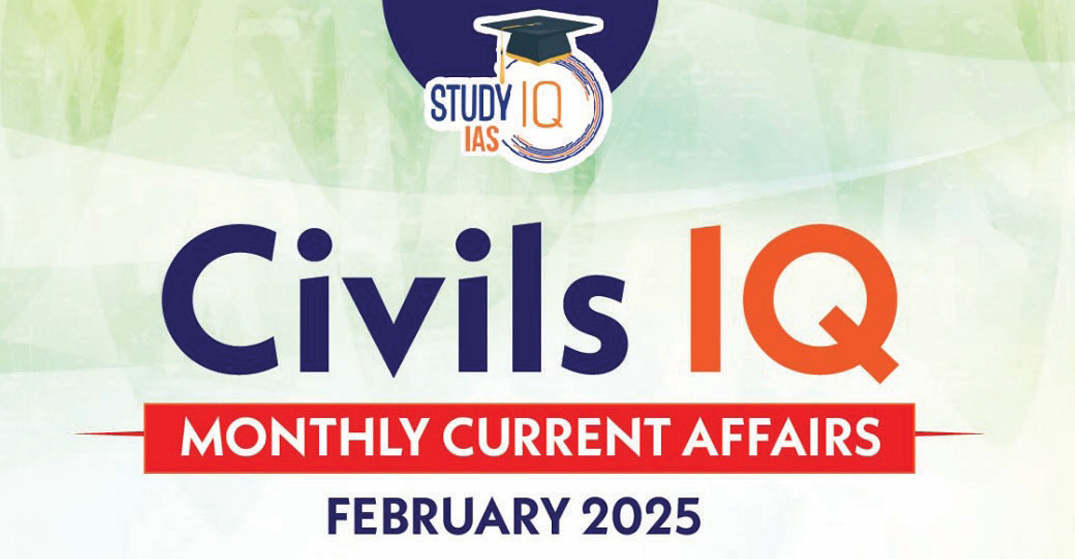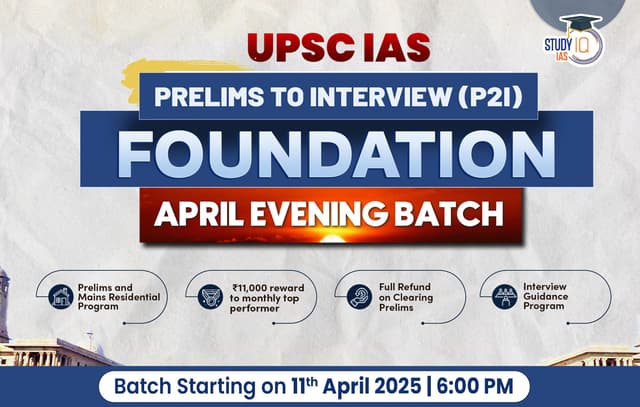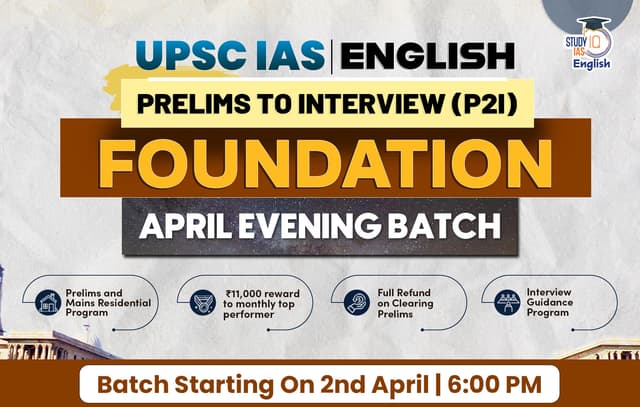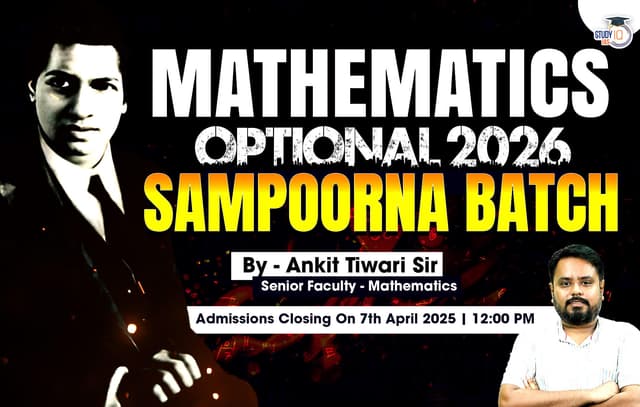Table of Contents
Topological materials are a new class of materials that have revolutionized our understanding of how electricity behaves at the microscopic level. They exhibit a strange but fascinating duality — acting as insulators on the inside while behaving like metals on their surfaces or edges.
This unique behavior has not only challenged conventional theories of material science but also opened doors to next-generation technologies, including quantum computing.
What Are Topological Materials?
Topological materials are substances whose electrical properties are defined by their geometry and quantum structure, rather than just their chemical makeup.
Their Unique Dual Behavior:
-
Inside the material: Acts like an insulator — electricity cannot flow.
-
On the surface/edges: Acts like a metal — electricity flows freely.
This unusual behavior arises due to topological invariants, which are special quantum properties that remain stable even when the material is slightly deformed or contains impurities.
Why Are They Called “Topological”?
The word “topological” comes from topology, a branch of mathematics that studies properties of space that are preserved under continuous deformations like stretching or bending, but not tearing.
In topological materials:
-
Electrical surface states are protected by these topological properties.
-
This means the conducting edges remain stable and robust against disruptions like impurities or environmental changes.
Surface States and Topological Invariants
Topological materials host “surface states” — special electronic states that exist only at the boundary of the material. These states are:
-
Protected by topological invariants.
-
Immune to certain types of defects or disruptions.
-
Highly conductive, making them useful in advanced electronics and quantum systems.
Applications of Topological Materials
Topological materials are being explored for cutting-edge technological applications, particularly in areas that demand stability and fault tolerance at the quantum level.
Key Applications:
-
Quantum Computing:
-
Topological materials help in building topological qubits, which are more stable and error-resistant than traditional qubits.
-
Used to create fault-tolerant quantum computers by leveraging the stability of topological states.
-
-
Spintronics:
-
Enable devices that use electron spin instead of charge, leading to faster and more efficient memory and processing.
-
-
Low-Power Electronics:
-
The surface conductivity and robustness can lead to low-power, high-efficiency devices.
-
-
Advanced Sensors:
-
Their sensitivity to magnetic and electric fields makes them suitable for next-gen quantum sensors.
-
Microsoft’s Breakthrough: Majorana 1 Quantum Chip
In a major development, Microsoft recently unveiled its quantum chip named Majorana 1 — built using topological materials.
What Is Majorana 1?
-
Named after Majorana fermions, hypothetical particles that are their own antiparticles.
-
Utilizes topological superconductors to create Majorana zero modes, which can encode quantum information with higher stability.
-
Aims to solve the error-correction problem in quantum computing, a major bottleneck in developing practical quantum machines.
Why It Matters:
-
Could lead to scalable, fault-tolerant quantum computers.
-
Positions Microsoft as a leader in the race for quantum supremacy.
Conclusion
Topological materials represent a fascinating fusion of physics, mathematics, and engineering. With their insulating interiors and metallic surfaces, they defy traditional material behavior and open the door to robust, fault-tolerant technologies. From quantum computing to spintronics, their potential is vast — and recent advancements like Microsoft’s Majorana 1 chip show that the future of computing may very well rest on these strange, yet powerful, materials.


 China’s Deep Sea Station in South Chin...
China’s Deep Sea Station in South Chin...
 Project ICE-CRUNCH: India-Switzerland Co...
Project ICE-CRUNCH: India-Switzerland Co...
 Places in News for UPSC 2025 for Prelims...
Places in News for UPSC 2025 for Prelims...





















